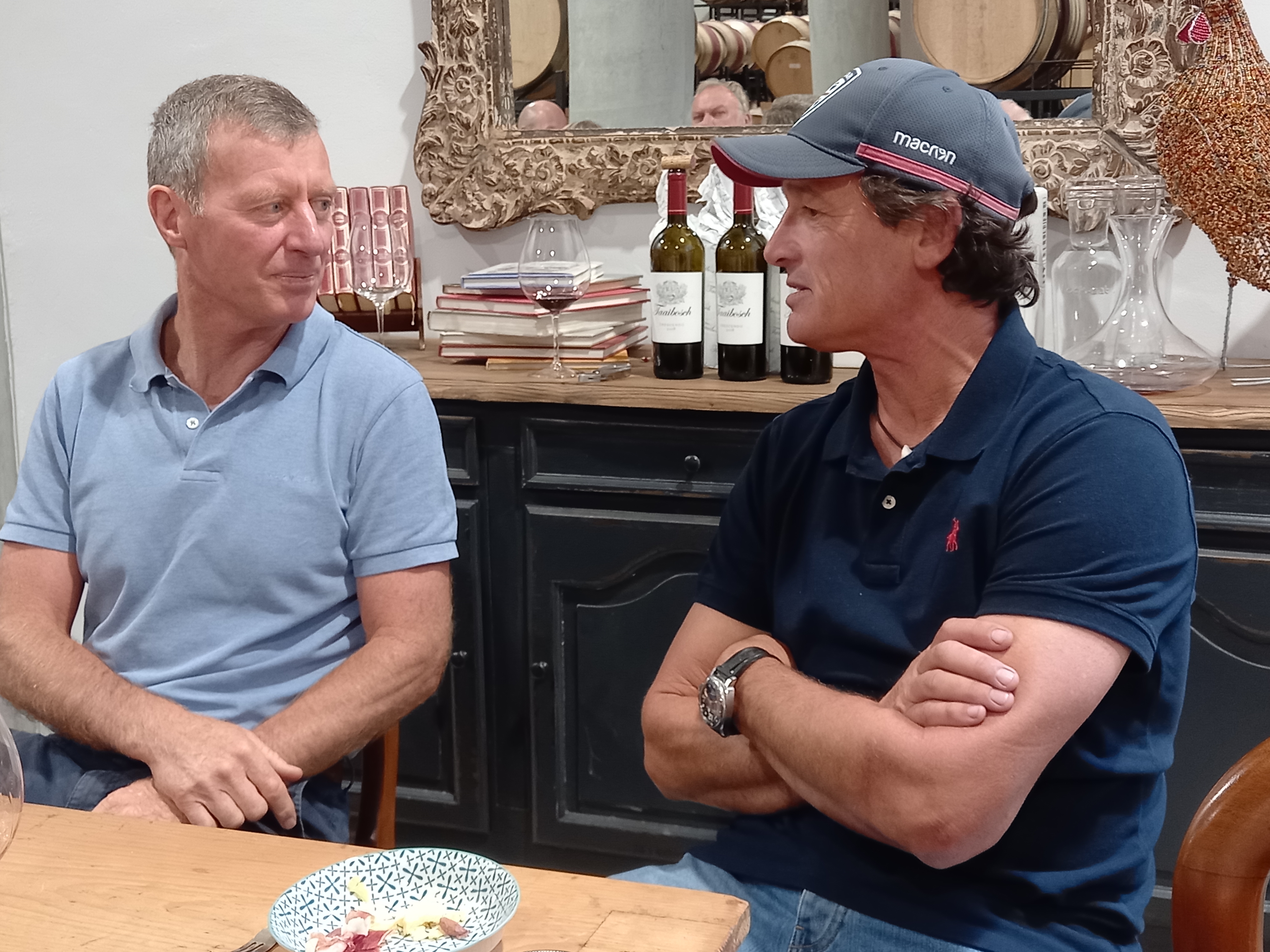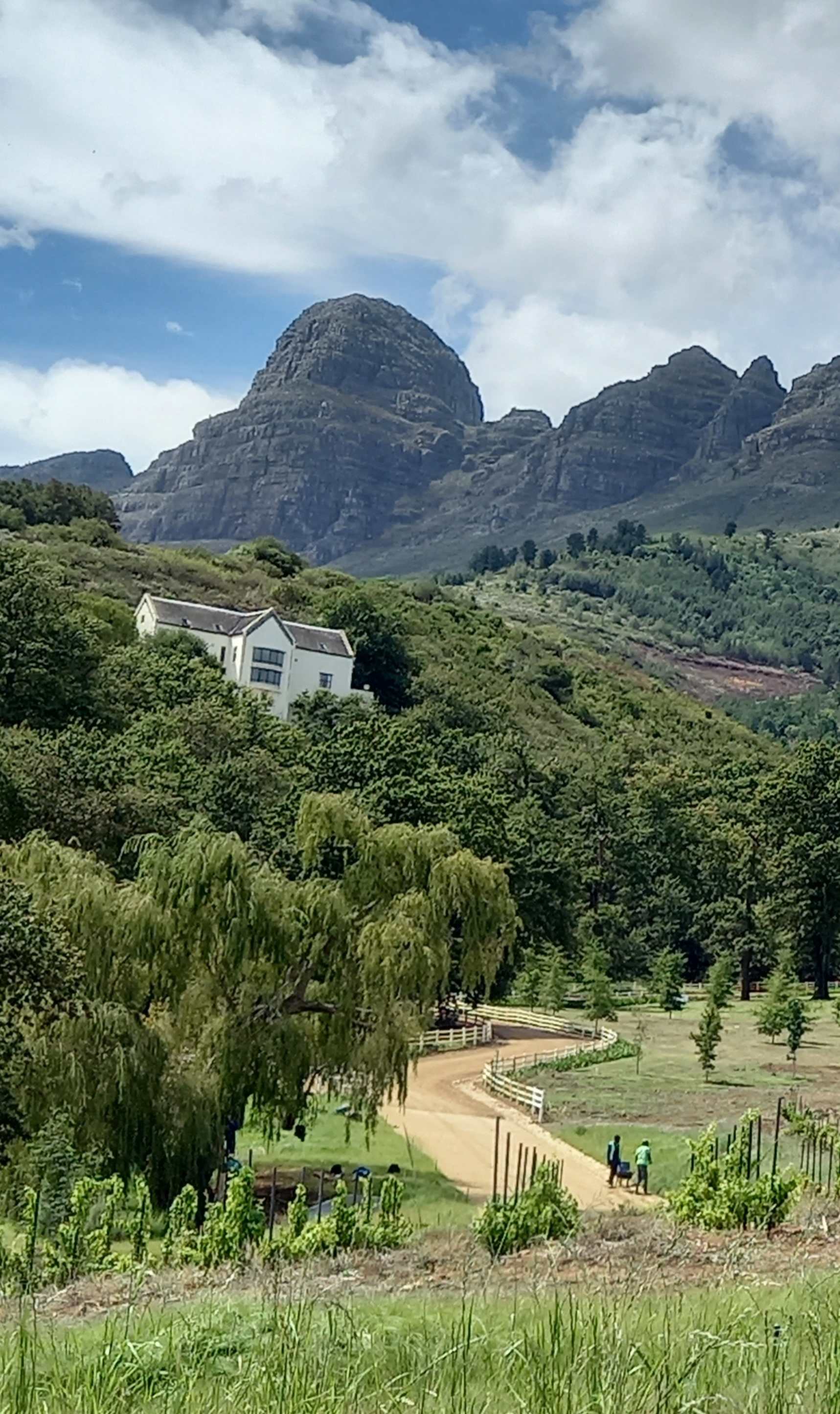The “other” Cabernet …
Cordoba Crescendo, a Bordeaux-style blended red wine based on Cabernet Franc, has approached near mythical unicorn status with the passing of the years and the shuttering of the winery nearly two decades ago. There’s precious little of it around anymore with the last vintage bottled and labelled a 2004, but when a bottle surfaces, it’s joys and charms are sung and shouted from the rooftops by those lucky enough to enjoy it.
“Glory, glory hallelujah!” wrote Cape Wine Master and Cape Wine Academy head Heidi Duminy about the 2001 Crescendo on Vivino in November 2020. “Intensity delivered with such tenderness after nearly 20 years. Gorgeous graphite, rhubarb and meaty mineral notes intricately woven into an apt crescendo of seasoned, soft, tannin support, oak spice and lingering character. Bravo Chris Keet!”
Cabernet franc is known to be a powerful, frequently green and herbaceous-toned wine in the South African milieu, but there’s a growing groundswell of support for this grape with more and more single bottlings appearing. Raats Family Wines is probably the most high profile current bottling while Lukas van Loggerenberg’s Breton is highly regarded. Jordan’s Insider’s Club 2019 was adjudged the best Cabernet franc in the 2022 Platter Wine Guide, beating off Anthonij Rupert, Mulderbosch, Warwick, two Raats bottlings and Holden Manz for the bragging rights.
“A couple of years ago I would confidently have said that the country’s best examples of Cab franc were from the Helderberg and the corner of the Simonsberg, in the Banhoek,” said Cordoba’s former maker Chris Keet. It’s a view he’s been forced to reconsider since starting his own label, Keet Wines, and sourcing fruit from the Polkadraai Hills. “Those south-facing slopes of the Vlaeberg and those granitic soils…” He admitted that he was exceedingly tempted to break his vow of only making a single wine by bottling a Cab franc on its own “because it was probably the best Cabernet franc I’d ever made.”
However, he was resolute and still has only one wine – a Bordeaux-style red blend, dominated by both Cabernet sauvignon and Cabernet franc. The secret to good Cab franc Keet maintains, is viticulture. “It’s such a pedantic grape in terms of its requirements. Planted in the wrong place it gives that lean, green, mean character driven by high pyrazine levels inherent in the grape.
“What excites me about Cab franc is that it is so beautifully responsive to the way that it’s treated viticulturally.”
Sunshine is key, as is timing. Get the timing of your viticultural intervention wrong and no amount of leaf plucking or green harvesting will tone down the pyrazines and green flavours. Keet has learned after stints in Pomerol and St Emilion, Bordeaux’s right bank heartland of Cab franc, that early interventions are vital. Enhancing aroma development and promoting fruit character not only counters the pyrazine issue but it also enhances the midpalate weight and texture of the resultant wine. “Post-veraison, a green harvest of even 3 to 5% of the potential crop can make a huge difference – but the real hard work starts immediately post-fruit set when the berries are still match head size.”
His perspective was echoed by Laibach cellar chief Francois van Zyl, another winemaker with Pomerol/Right Bank experience. “The decision on when to pick Cabernet franc – to me – is critical. There’s a very small window and if you miss it, you’re screwed.”

Top: Passing of the baton, former Cordoba winemaker Chris Keet and Schalk-Willem Joubert who bears responsibility for producing Taaibosch Crescendo.
“Pick too early and the pyrazines will help you make a red Sauvignon blanc,” he quipped, “and too late, it’s fruit is gone.”
Keet said Cabernet sauvignon was infinitely more forgiving and tolerant than Cab franc.
“For me, the big beauty of Cab franc in a blend,” Keet said, “is the restraint that it lends. Cab sauvignon is cab – it’s macho and can be a bit loud. I love the elegance and gentility of franc, it’s more cerebral – and it has these finely woven, silky tannins that tone down the granularity of the sauvignon.” Van Zyl concurred, talking about the structure and body which the grape contributed to a blend.
And it’s worth keeping an eye on Taaibosch Crescendo, the heir apparent to Cordoba since it’s from the same Helderberg slopes, albeit with new clones and plantings. All indications are that it is set for great things, given time.

Top: he looming peaks of the Helderberg frame the old Cordoba cellar, now Taaibosch – although the new Crescendo blend is made in a brand-new winery.
By Fiona McDonald